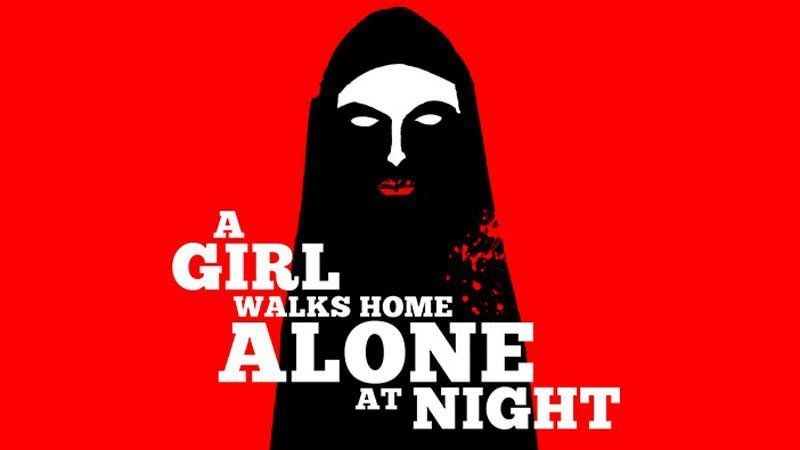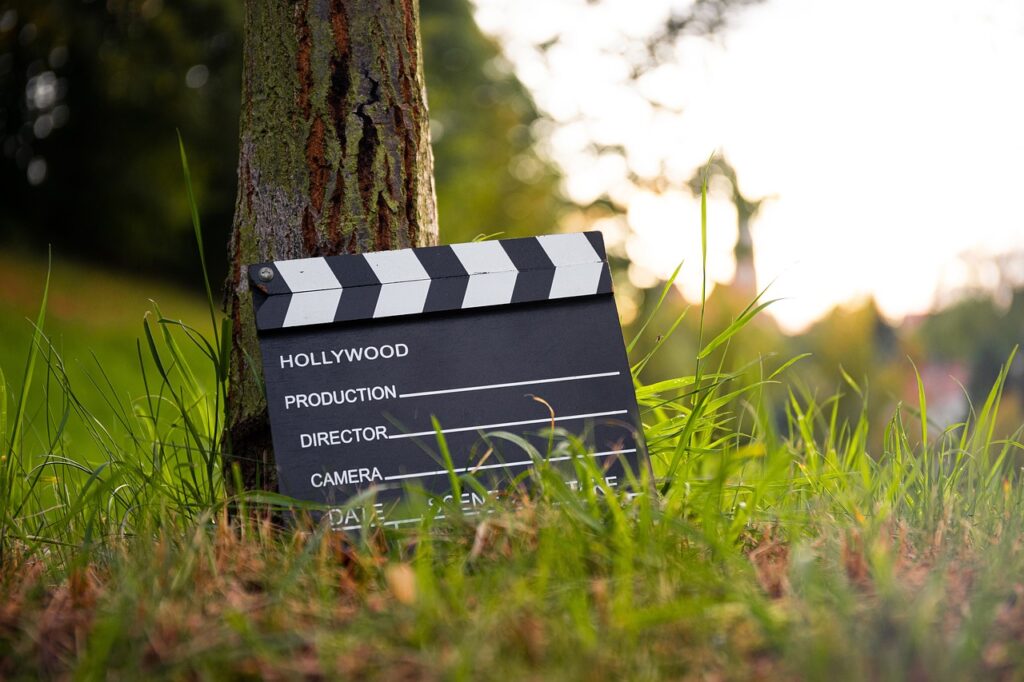
The world of film criticism often feels like a battleground, where artistic merit is weighed against popular appeal, and a single “rotten” designation can seemingly seal a movie’s fate. In an age dominated by aggregate scores from sites like Rotten Tomatoes, the initial critical consensus sometimes overshadows the true, evolving perception of a film. We’ve all seen it: a movie beloved by fans gets torn apart by reviewers, or a critically acclaimed feature leaves audiences utterly baffled, wondering if the experts always get it right.
This phenomenon raises legitimate questions about the validity of such black-and-white classifications. Does a low score truly mean a film is irredeemable? And conversely, does a high score guarantee lasting cinematic quality? This isn’t just about subjective taste; it’s about re-evaluating narratives, performances, and directorial choices that were either unfairly dismissed or perhaps overly praised. The critical lens, while invaluable for guiding moviegoers, isn’t always perfectly focused on what makes a movie truly resonate with an audience over the long haul.
Today, we’re diving deep into some of the most egregious cases where the critical establishment, for one reason or another, completely missed the mark. We’re talking about films that were either unfairly maligned despite their inherent strengths or lauded beyond their true artistic worth, often becoming cult classics or box office giants despite critical disapproval. Get ready to challenge your own perceptions and discover (or rediscover) some cinematic journeys that genuinely deserve a second look, proving that sometimes, the audience really does know best and critics, well, sometimes get it incredibly wrong.
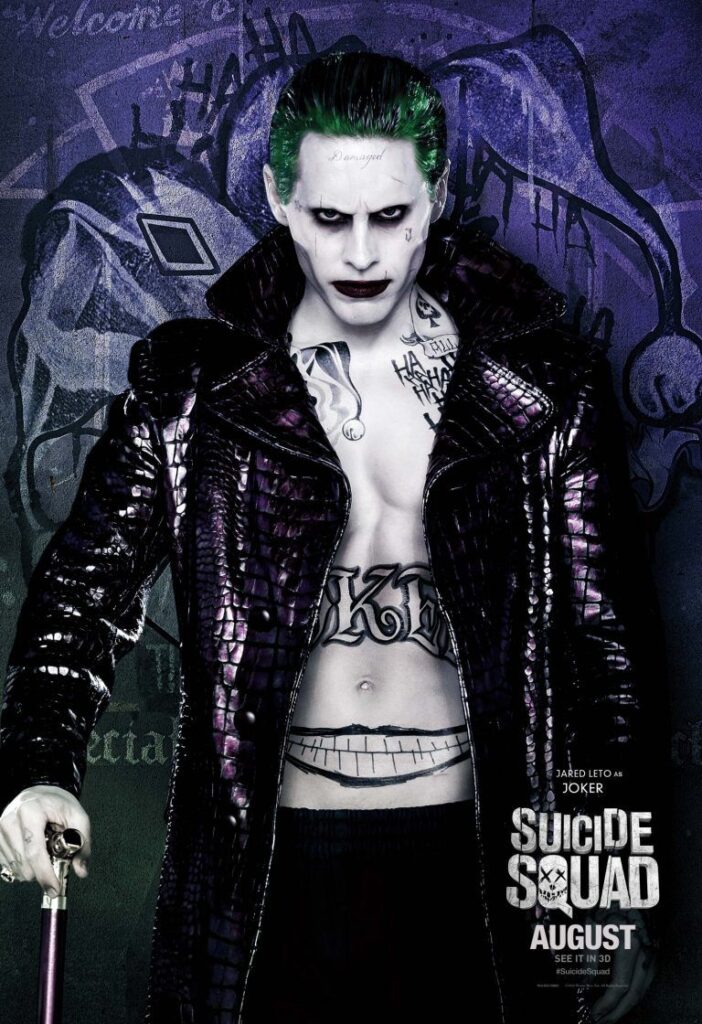
1. **Suicide Squad (2016, 25 percent rotten)**Let’s kick things off with a film that became a lightning rod for controversy even before its release. “Suicide Squad” landed with a resounding critical thud, earning a mere 25 percent on Rotten Tomatoes. Fans, however, felt a deep sense of injustice, and for good reason. While certainly not a flawless masterpiece, to condemn it as harshly as some of the truly irredeemable entries in the DC Extended Universe feels utterly disproportionate to its actual entertainment value and the raw fun it managed to deliver.
The truth is, there’s a certain gritty and undeniably fun sensibility woven throughout “Suicide Squad” that many critics seemed to overlook. Yes, the plot had its share of holes, and the editing was noticeably choppy – a tell-tale sign of studio interference reportedly cutting director David Ayer’s more extensive villain backstories. But beneath these production woes lay a core that genuinely worked, especially when its impressive ensemble cast was allowed to shine with minimal meddling.
Margot Robbie, in particular, absolutely owned the role of Harley Quinn, delivering a performance that became instantly iconic. Will Smith brought a compelling blend of charm and unexpected vulnerability to Deadshot. More importantly, the titular Squad itself, a collection of delightfully twisted anti-heroes, boasted excellent chemistry that carried many of the film’s stronger moments. When the dialogue flowed and the characters interacted organically, the movie genuinely succeeded in delivering on its promise of a rogue’s gallery on a mission. It might not be a cinematic triumph in the traditional sense, but it’s hardly one that belongs in the same category as DC’s two biggest failures, “Man of Steel” and “Batman v. Superman: Dawn of Justice,” proving it deserved much better.
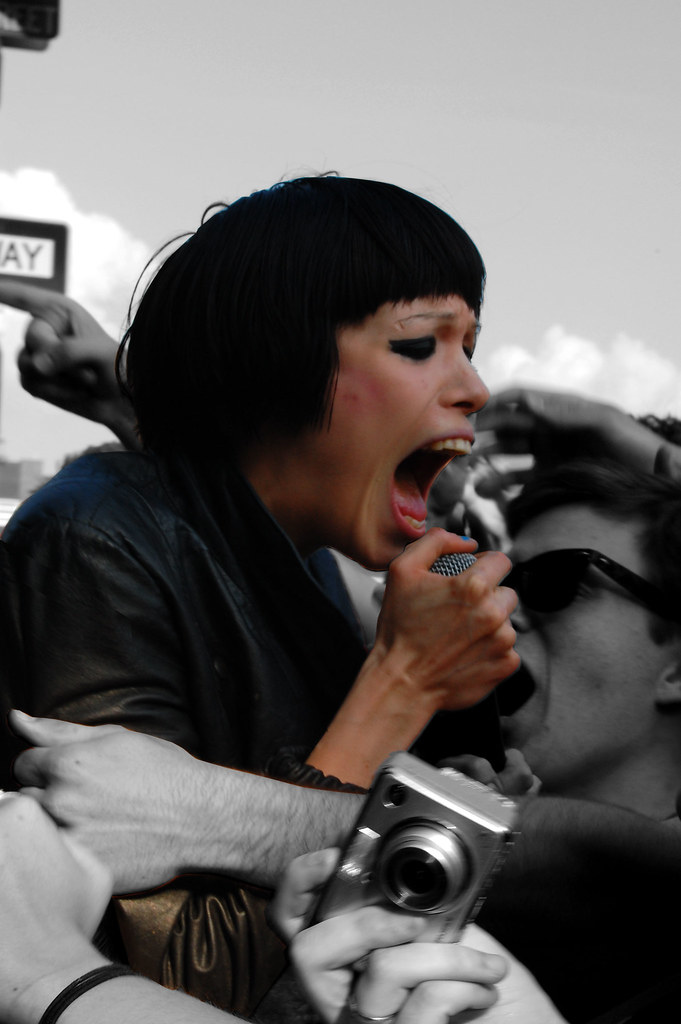
2. **The Glass Castle (2017, 49 percent rotten)**Next up is “The Glass Castle,” a film that bafflingly sits below the “fresh” threshold at 49 percent on Rotten Tomatoes. This is a perplexing judgment for a movie that delves into complex family dynamics with such raw power and emotional depth. It’s a compelling adaptation of a well-regarded book, and its critical reception feels like a genuine disservice to the remarkable performances at its core and the unflinching storytelling it employs, earning it a spot on our list of critical misfires.
Woody Harrelson and Brie Larson deliver breathtaking portrayals as an alcoholic, abusive father and his psychologically recovering daughter. Their performances are the emotional anchor of the film, radiating a palpable intensity that is both unsettling and deeply empathetic. The script itself pulls no punches, refusing to sanitize the often-horrific realities of their upbringing, yet it manages to avoid becoming a grim, unwatchable experience, instead offering profound insights into resilience and the bonds of family.
Director Daniel Destin Cretton, whose storytelling skills were previously lauded in “Short Term 12,” demonstrates his consistent talent here. “The Glass Castle” pulls off the deft trick of sympathizing with its monstrous characters, allowing the audience to understand their motivations and struggles, while simultaneously refusing to spare their horrid behavior from the camera’s unflinching gaze. While not a perfect adaptation, its profound impact and the sheer quality of its acting and direction were undeniable, making its low score a gross underestimation of its cinematic worth.
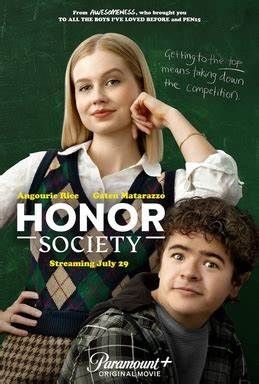
3. **Society (1989, 50 percent rotten)**Stepping back in time to 1989, we find “Society,” a horror film that barely scrapes by with a 50 percent rotten score, yet stands as a should-be classic that demands rediscovery. Thematically, it shares a striking resemblance to John Carpenter’s “They Live,” which was released just one year prior, both delving into subversive social commentary disguised within genre filmmaking. However, “Society” offers its own unique brand of unsettling body horror and biting satire that truly sets it apart.
This isn’t just another schlocky ’80s horror flick. “Society” masterfully blends old-fashioned scares with genuinely gross-out humor, creating a bizarre, surreal, and utterly memorable cinematic experience. The practical effects, while often stomach-churning, contribute directly to the film’s unnerving atmosphere and its visceral critique of societal decay, showcasing a bold visual imagination often lacking in more mainstream horror.
What truly elevates it, however, is its searingly incisive and relevant social satire. The film explores themes of class, privilege, and the predatory nature of the elite in a way that remains shockingly pertinent, even decades later. It suggests that the upper echelons of society literally feed off the working class, a grotesque metaphor that is disturbingly brought to life on screen. The critical neglect of “Society” is a clear case of critics failing to grasp the film’s deeper intentions and its cult potential, making it ripe for rediscovery.

4. **Shock Treatment (1981, 50 percent rotten)**Speaking of cult potential, let’s talk about “Shock Treatment,” a little-known sequel to the iconic “The Rocky Horror Picture Show,” which also sits at a perplexing 50 percent rotten. Directed by Richard O’Brien, co-writer of the original cult phenomenon, this film carries all the madcap inventiveness and irresistible charm that made its predecessor a sensation. Yet, for some reason, critics couldn’t quite connect with its unique energy, perhaps expecting a direct retread instead of celebrating its audacious originality and undeniable foresight.
“Shock Treatment” is far more than just a quirky musical sequel; it’s a surprisingly prophetic look at the future of television and commercialism, and how these forces could erode American life. Set entirely within a TV studio for a show called “Faith Factory,” it satirizes reality television, corporate sponsorships, and the commodification of human experience decades before these concepts fully permeated our culture. It predicted a world where media would become inescapable and often superficial.
And, as one would absolutely expect from a worthy “Rocky Horror” follow-up, the songs are incredibly catchy. Penned by Richard O’Brien, the soundtrack is filled with vibrant, witty, and often haunting tunes that burrow into your brain and refuse to leave, proving that the musical genius behind the original was still very much at play. To overlook “Shock Treatment” is to miss out on a truly inventive, entertaining, and surprisingly insightful piece of cinema that deserved far more critical recognition for its wit, its music, and its visionary social commentary.
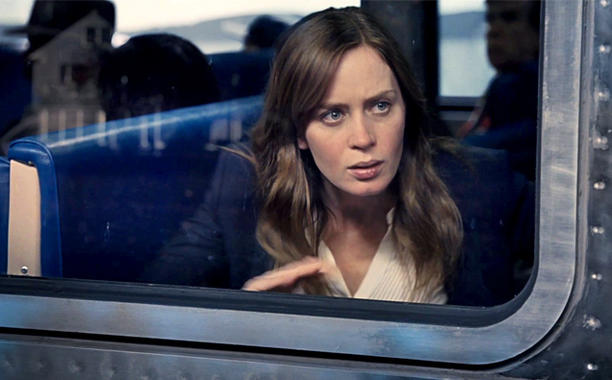
5. **The Girl on the Train (2016, 43 percent rotten)**”The Girl on the Train” arrived in 2016 with significant hype, based on a bestselling novel, but was ultimately met with a disappointing 43 percent rotten score. Critics largely found it dull and uninspired, a classic case where a movie was panned not because it was inherently bad, but because it didn’t quite rise to the occasion of being truly great. However, this perspective overlooks the fact that a perfectly enjoyable and effective suspense film is still a valuable contribution to cinema, especially one that successfully translates a complex psychological narrative.
It’s true that the film’s premise—a troubled woman witnessing a potential crime during her daily commute—invites immediate comparisons to the masters of suspense, particularly Alfred Hitchcock. Many critics pointed out that a director of Hitchcock’s caliber might have elevated the material to even greater heights. But to judge a film solely on what it *could* have been, rather than appreciating what it *is*—a solid, engaging thriller—feels inherently unfair, setting an impossibly high bar based on genre rather than execution.
“The Girl on the Train” successfully uses its unreliable narrator and intricate, fragmented flashbacks to meticulously build tension, drawing viewers deep into its complex web of mystery and deception. The narrative structure, mirroring the protagonist’s fractured memory, creates a compelling sense of unease and keeps the audience guessing, effectively delivering the psychological suspense promised by its source material. Emily Blunt delivers a strong and compelling performance, anchoring the narrative with her raw portrayal of a woman grappling with alcoholism and memory loss. Its low score suggests a critical overreach, failing to appreciate a good film simply because it wasn’t transcendent.
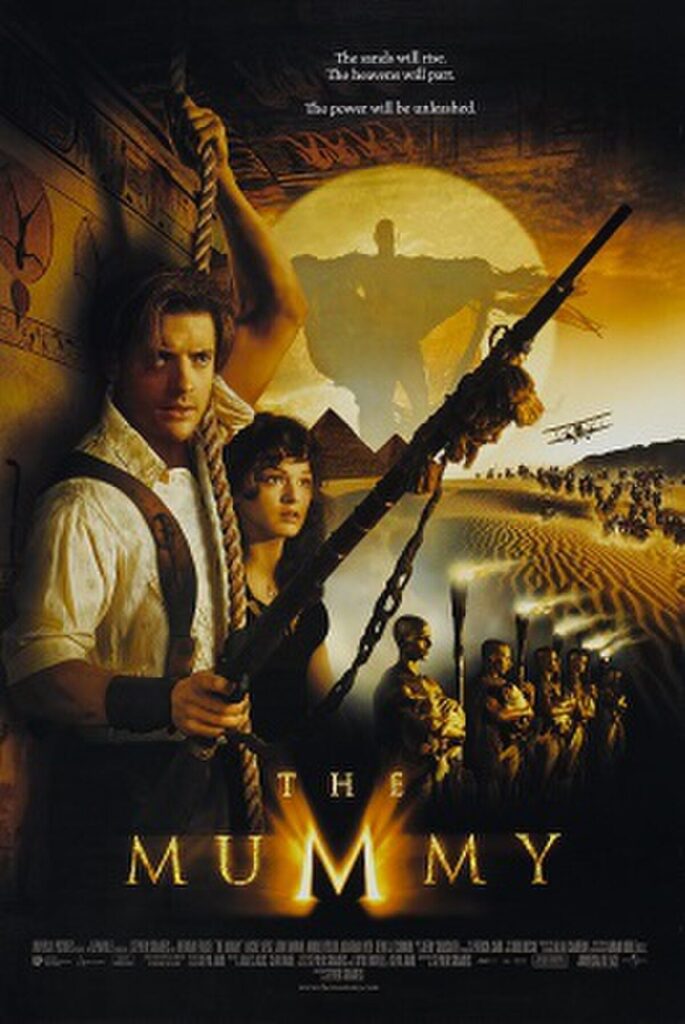
6. **The Mummy (1999, 57 percent rotten)**Here’s one that truly baffles the mind: “The Mummy” from 1999, currently sitting at a “rotten” 57 percent. It’s almost as if critics collectively forgot how much pure fun movies are supposed to be. If there’s any silver lining to the bland train wreck that was the 2017 reboot, it’s that it forced many to better appreciate the underrated virtues of the original 1999 film. This was, and still is, a masterclass in campy, rollicking adventure filmmaking that never takes itself too seriously.
The magic of “The Mummy” lies in its unapologetic embrace of pulp adventure tropes. It doesn’t pretend to be high art, yet it manages to deliver genuine thrills, impressive special effects for its time, and a healthy dose of romance and laugh-out-loud humor. It’s a film that leans into its fantastical premise with gusto, creating a vibrant world that feels both exotic and dangerous, perfectly balancing wonder with peril and showcasing a clear love for its genre.
Brendan Fraser and Rachel Weisz, as the charismatic American adventurer Rick O’Connell and the brilliant, but initially clumsy, British Egyptologist Evelyn Carnahan, respectively, lend an unexpected heft and infectious chemistry to their leading roles. Their witty banter and heroic exploits are genuinely charming, making them a duo you eagerly root for throughout their perilous journey to uncover ancient secrets and battle a resurrected evil. Unlike its ill-fated successor, the 1999 “Mummy” holds up remarkably well to repeated viewings. To call it “rotten” feels like a gross mischaracterization of a film that has provided countless hours of pure, unadulterated entertainment to audiences worldwide, solidifying its place as a beloved adventure classic.
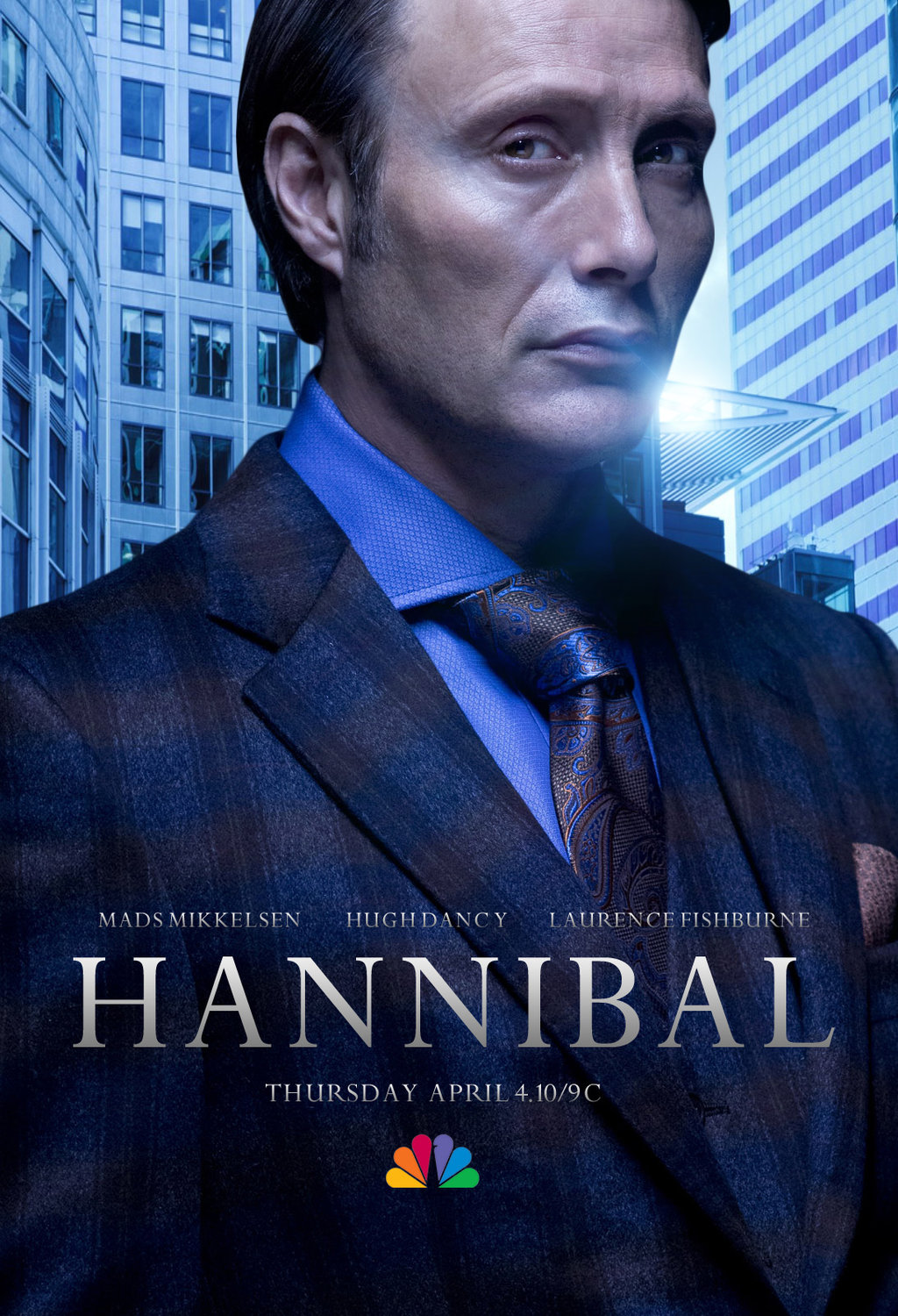
7. **Hannibal (2001, 39 percent rotten)**Closing out our first section is “Hannibal,” the 2001 sequel to the universally acclaimed and brilliant “The Silence of the Lambs.” Its paltry 39 percent rotten score is, in many ways, understandable. It arrived burdened by immense expectations, tasked with following one of the greatest thrillers ever made. Naturally, it’s nowhere near as good as its predecessor; few thrillers, before or since, ever have been. But to dismiss “Hannibal” entirely based on that comparison is to miss out on an engrossing and worthwhile cinematic experience in its own right, one that bravely steps into a different, darker tone.
Anthony Hopkins’ return as Dr. Hannibal Lecter is, as expected, a hoot. He effortlessly slides back into the role, bringing that chilling blend of intellectual superiority, macabre wit, and refined menace that made the character so iconic. His performance is a masterclass, portraying a Lecter who is both more outwardly active and disturbingly vulnerable, adding new layers to the character.
While Jodie Foster chose not to return as Clarice Starling, Julianne Moore steps into the role with a commendable performance, holding her own against Hopkins’ magnetic presence. Her portrayal offers a slightly different, perhaps more jaded, interpretation of Clarice, reflecting the toll her past encounters with Lecter have taken. The story itself, adapted from Thomas Harris’s novel, is sufficiently engrossing as a thriller/horror flick and crime drama to keep audiences engaged, delving deeper into Lecter’s past and his complex relationship with Clarice. While it might not possess the groundbreaking impact of “The Silence of the Lambs,” “Hannibal” carves out its own niche as an entertaining and engaging follow-up, deserving of appreciation for its unique contribution.
The initial critical reception of a film can often feel like a permanent stamp, yet cinematic history is littered with examples where time, re-evaluation, and audience devotion prove the initial arbiters wrong. As we continue our deep dive into the fascinating world of critical misjudgment, we move beyond the immediate reaction to explore how certain films either transcended their initial pans to become beloved classics or, conversely, saw their early praise diminish as their true quality (or lack thereof) became apparent. Get ready to challenge your own biases and rediscover some truly contentious films that spark debate to this day.
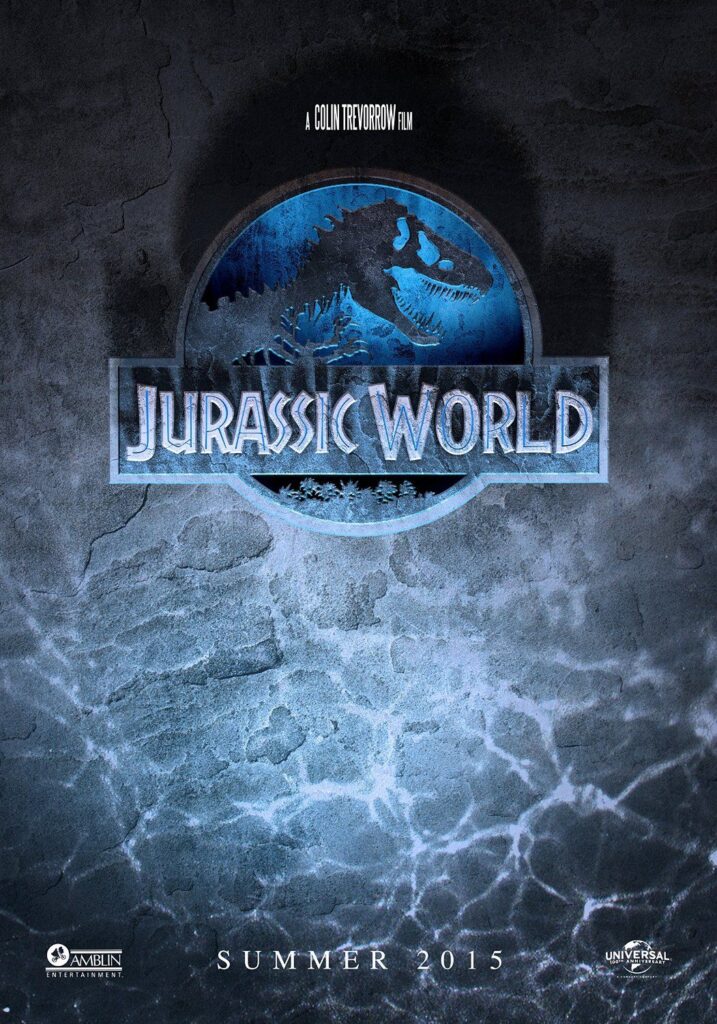
8. **Jurassic World (2015, 77 percent fresh)**Let’s kick off this next segment with a film that bafflingly soared to ‘fresh’ territory despite what many fans felt was a profoundly disappointing experience: ‘Jurassic World.’ Raking in nearly $1.7 billion at the box office, its financial success was undeniable, largely fueled by the sheer nostalgia and anticipation surrounding a sequel to a beloved classic. However, the critical acclaim, a whopping 77 percent fresh, is genuinely perplexing when one considers the film’s glaring weaknesses and missed opportunities.
In many crucial ways, ‘Jurassic World’ marked a significant step back from its 1993 predecessor. The supposedly cutting-edge CGI dinosaurs, for all their technological polish, somehow managed to look less convincing than the animatronics and practical effects of the original, failing to evoke the same sense of awe or terror. Even more frustrating was the plot’s convenient disregard for established scientific advancements, such as the discovery that many dinosaurs had feathers, effectively regressing public knowledge of paleontology rather than advancing it, a stark contrast to the first film’s educational undertones.
Perhaps the most egregious misstep was the film’s failure to capitalize on its fantastic premise. The idea of setting the new movie in a fully functional dinosaur theme park offered a wealth of fresh, thrilling possibilities. Yet, instead of exploring the horrifying implications of dinosaurs chowing down on customers in modern facilities, the film delivered only a brief, tantalizing scene before lazily reverting to the jungle setting that had been done to death across the previous three installments. And let’s not even get started on the widely mocked absurdity of Bryce Dallas Howard’s character running for her life in heels, a choice that underscored the film’s superficial approach to character and practicality.
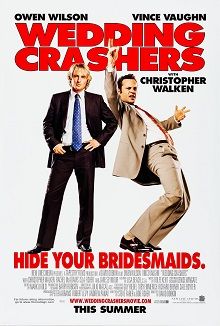
9. **Crash (2004, 75 percent fresh)**Next up, we have an Oscar-winner for Best Picture that, in hindsight, feels like one of the most undeserving recipients of critical praise and industry accolades: ‘Crash.’ Boasting a 75 percent fresh rating, this film is often held up as a powerful exploration of racism and interconnected lives in Los Angeles. Yet, a closer, more honest look reveals a movie brimming with simplistic moralizing, dialogue that can only be described as hackneyed, and ludicrously contrived melodrama that completely misses the mark on portraying the nuanced complexities of racial tension.
The sheer cringeworthiness of ‘Crash’ is often encapsulated in its dialogue, which frequently feels as though it was penned by writers and a director who believe they understand racism but, in reality, are deeply out of touch. Take lines like, “Mom, I can’t talk to you right now, okay? I’m having with a white woman,” which exemplify the film’s heavy-handed and often insulting approach to sensitive topics. It’s hardly surprising that the film was directed by Paul Haggis, a ‘tone-deaf white guy,’ and co-written by him and another, Bobby Moresco, underscoring a critical lack of authentic perspective.
The most shocking aspect, however, remains its monumental upset at the Academy Awards, where it managed to steal the Best Picture Oscar from the genuinely revolutionary and critically superior film, ‘Brokeback Mountain.’ This decision highlights a fundamental flaw in the critical and industry consensus of the time, rewarding a film that, despite some admittedly decent cinematography and editing, is largely a turkey. Its true score, if justice were served, should sit somewhere around a meager 33 percent, firmly in the ‘rotten’ camp.
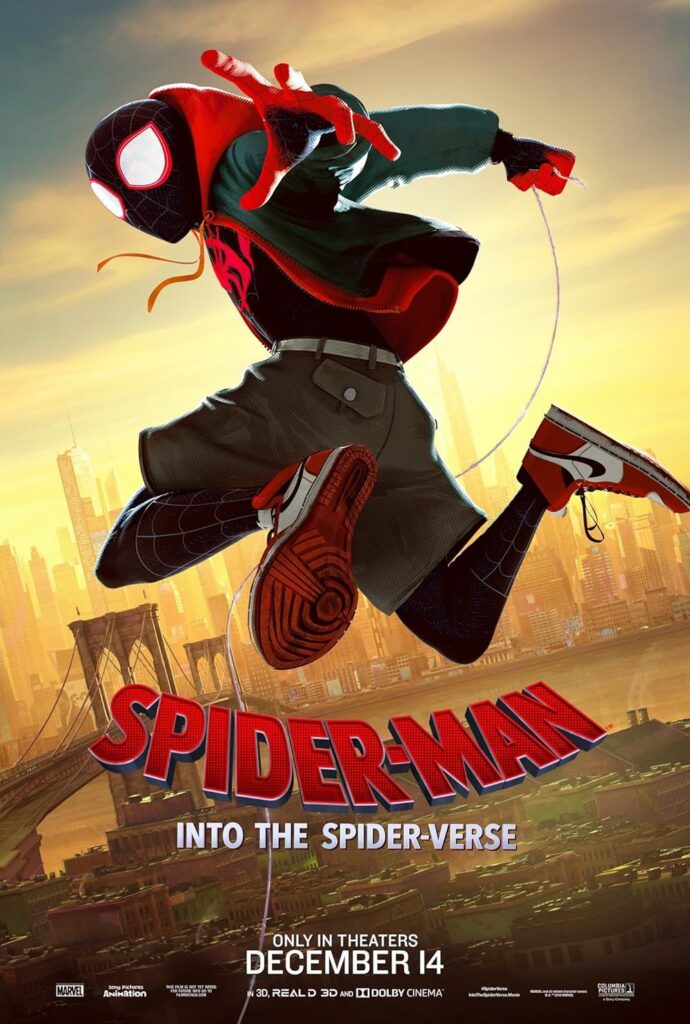
10. **The Amazing Spider-Man (2012, 72 percent fresh)**When discussing films that critics got wrong, ‘The Amazing Spider-Man,’ with its 72 percent fresh rating, stands out as a prime example of misplaced praise. While its sequel was, rightly so, panned for being ‘over-cluttered and derivative,’ what’s truly inexplicable is how this first installment managed to sidestep similar criticisms despite suffering from many of the same fundamental flaws. It seems critics were perhaps too easily swayed by the novelty of a new take on a beloved hero, overlooking the underlying issues that made it a truly bland experience.
At its core, this film felt less like a fresh, inspired reboot and more like a mindless remake of Sam Raimi’s 2002 ‘Spider-Man.’ The narrative beats, the origin story, and even the character archetypes felt agonizingly familiar, with Gwen Stacy simply replacing Mary-Jane Watson as the love interest and The Lizard stepping in for The Green Goblin as the primary antagonist. This lack of original vision and reliance on recycling established storylines created a sense of déjà vu rather than genuine excitement, leaving audiences wondering what the point of the reboot truly was.
It’s likely that ‘The Amazing Spider-Man’ simply garnered ‘just enough tolerable reviews’ to tip it into ‘fresh territory,’ a testament to the sometimes arbitrary nature of aggregate scores. Despite its surface-level appeal and the charisma of its lead actors, the film lacked the originality, emotional depth, and consistent quality to truly earn its high praise. It’s a clear instance where critical consensus, perhaps influenced by franchise goodwill, failed to accurately reflect a movie that was, in essence, a serviceable but ultimately uninspired retread.

11. **Anaconda (1997, 38 percent rotten)**Now, let’s pivot to a film that truly deserved better than its ‘rotten’ 38 percent: the unapologetically dopey yet undeniably fun ‘Anaconda’ from 1997. How can you not find something to enjoy in this late ’90s adventure romp? Much like the 1999 ‘Mummy,’ this is a movie that, over time, has finally begun to get some of the appreciation it deserved from the outset, proving that sometimes, critics simply miss the point of pure, unpretentious genre entertainment.
‘Anaconda’ never pretends to be high art or a profound cinematic statement. Instead, it embraces its premise—a giant, killer snake terrorizing a documentary film crew in the Amazon—with infectious enthusiasm and a healthy dose of self-awareness. It’s a film designed for scares, laughs, and pure popcorn thrills, and in that regard, it absolutely delivers. The special effects, while definitely a product of their time, contribute to the film’s campy charm, making the titular creature a memorable, if not entirely realistic, antagonist.
Perhaps the most astute take on ‘Anaconda’ came from the late, great Roger Ebert, who, swimming against the critical tide, absolutely nailed why this movie works so well. In his review, Ebert famously stated, ‘“Anaconda” is an example of one of the hardest kinds of films to make well: a superior mass-audience entertainment. It has the effects and the thrills, but it also has big laughs, quirky dialogue and a gruesome imagination.’ Amen to that. It’s a reminder that sometimes, sheer entertainment value and a good sense of humor are virtues critics should not overlook.
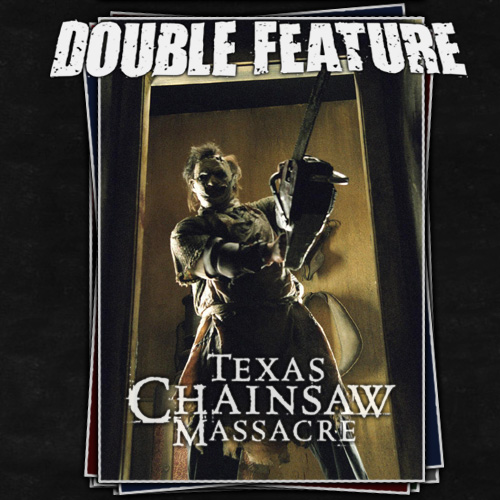
12. **Saw VI (2009, 37 percent rotten)**While the ‘Saw’ franchise is often dismissed as pure gore-porn, ‘Saw VI,’ with its meager 37 percent rotten score, stands as a notable exception that not only deserved a ‘fresh’ rating but also utilized its horror premise for genuinely brilliant social commentary. Released during the intense debate over Obamacare, this film couldn’t have been more timely, offering a searing critique of America’s health care system in a way that many mainstream dramas struggled to achieve.
Unlike many of its predecessors and successors in the torture-porn genre, ‘Saw VI’ transcended mere shock value. It ingeniously wove its gruesome traps and moral dilemmas into a narrative that directly challenged the inhumanity and ethical bankruptcy of the health insurance industry. The victims of Jigsaw’s games in this installment weren’t just random individuals; they were characters directly tied to decisions within the healthcare system, forced to confront the life-and-death consequences of their bureaucratic choices.
The film’s exploration of corporate greed, pre-existing conditions, and the arbitrary denial of coverage resonated deeply with the contemporary political landscape. It used the visceral, unflinching language of horror to provoke thought and anger about real-world injustices, proving that genre cinema can be both entertaining and profoundly relevant. For its bold thematic ambition, sharp satire, and effective blend of horror with social critique, ‘Saw VI’ absolutely deserved far more recognition than the critical aggregate allowed, showcasing a timeliness that few genre films can boast.

13. **Star Wars: Episode II – Attack of the Clones (2002, 65 percent fresh)**Here’s another ‘fresh’ rating that many fans and even casual viewers find utterly baffling: ‘Star Wars: Episode II – Attack of the Clones,’ sitting at a seemingly respectable 65 percent. While its predecessor, ‘The Phantom Menace,’ often bears the brunt of prequel-era criticism (and is, arguably, rightly designated ‘rotten’), it’s ‘Attack of the Clones’ that truly deserves the title of the worst film in that trilogy. It’s a classic case of critical leniency overlooking significant deficiencies.
The film is just as boring and witless as ‘The Phantom Menace,’ if not more so, yet it lacks any of the compensating virtues that made its predecessor at least memorable, for better or worse. Say what you will about ‘The Phantom Menace,’ but it had an identity, however maligned, that etched it into the minds of viewers (Jar Jar Binks, Darth Maul, the podrace). ‘Attack of the Clones,’ by contrast, is a cinematic void, a film that leaves your system as soon as the end credits start rolling, leaving barely a trace.
Its plot meanders without purpose, the dialogue is notoriously stilted and devoid of genuine human connection (especially in the infamous Anakin/Padmé romance), and the characters feel less like living beings and more like placeholders. The action sequences, while visually ambitious, often feel detached and over-reliant on CGI, lacking the tangible impact of earlier ‘Star Wars’ films. How critics could award this a ‘fresh’ rating over truly deserving ‘rotten’ films is a testament to the sometimes baffling disconnect between critical benchmarks and genuine cinematic quality.

14. **Avatar (2009, 84 percent fresh)**Let’s address the elephant in the room, or rather, the incredibly bad movie hiding behind groundbreaking technology: James Cameron’s ‘Avatar,’ which inexplicably scored an 84 percent fresh rating. It seems many critics were so utterly dazzled by the once-innovative 3D technology that the film championed that they completely failed to notice they were watching a very, very poorly written and derivative movie. This critical oversight stands as one of the most glaring examples of style triumphing over substance.
The core issue with ‘Avatar’ is its profound lack of originality. There’s a widely circulated trailer mashup that brilliantly compares ‘Avatar’ to ‘FernGully: The Last Rainforest,’ and that comparison truly says everything about why this flick is so overrated. Like the ‘Star Wars’ prequels, it attempts to conceal bland dialogue, paper-thin characters, and a paint-by-numbers plot with eye-popping special effects. However, even the prequels, for all their faults, at least attempted a somewhat original story. ‘Avatar’ is quite literally a ripoff of a much, much better 1992 animated film, repackaged with a bigger budget and a blue coat of paint.
Beyond the technological spectacle, the film offers little to chew on. Its environmental message, while noble, is delivered with all the subtlety of a sledgehammer, and its characters are two-dimensional archetypes rather than complex individuals. The emotional beats feel manufactured, and the grand narrative arc is utterly predictable. For critics to have lauded it as a groundbreaking cinematic achievement, despite its intellectual and narrative deficiencies, illustrates a momentary blindness to actual storytelling in favor of technological razzle-dazzle. It’s a film that demands a critical re-evaluation that looks past the shiny surface.
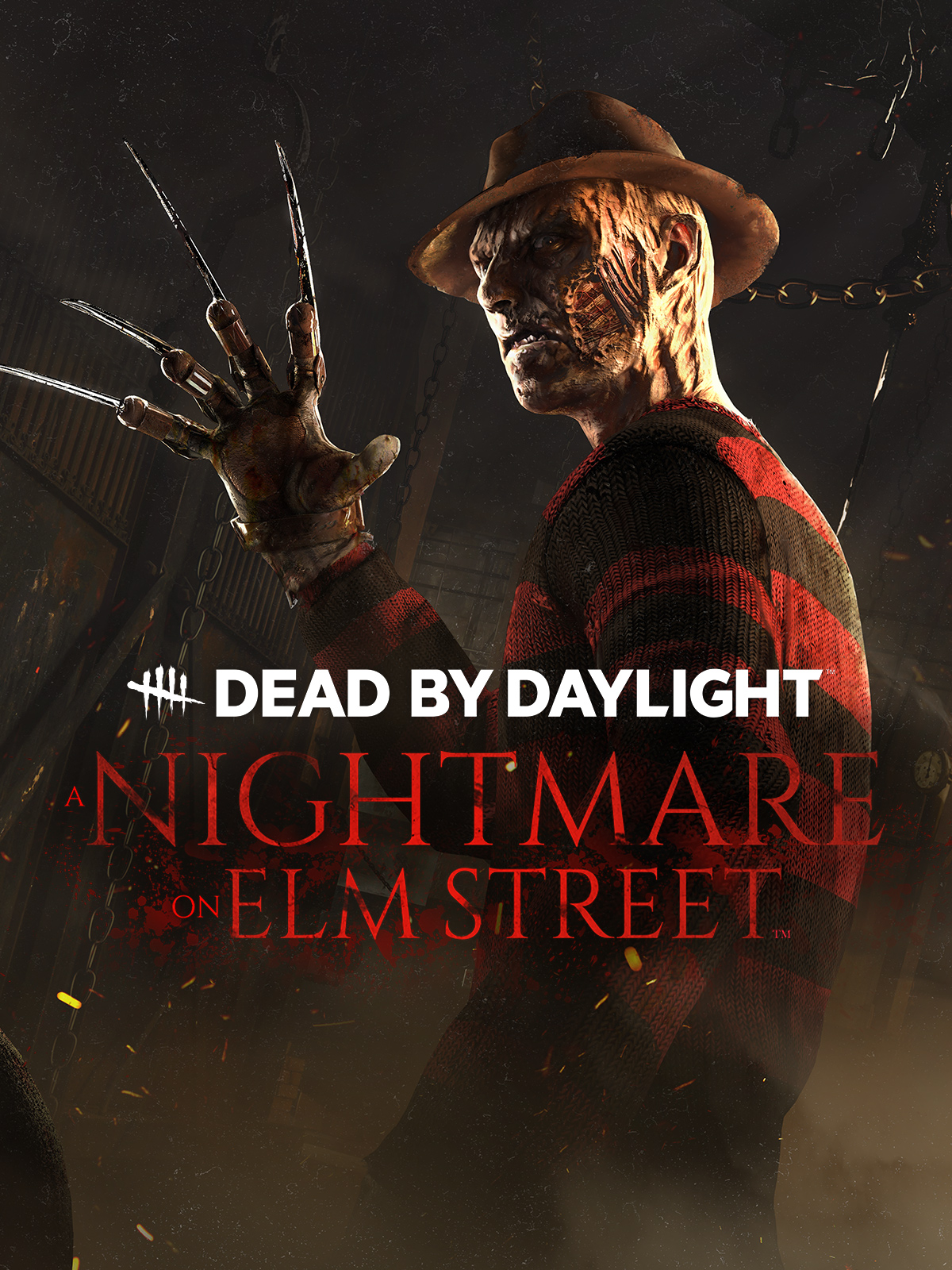
15. **A Nightmare on Elm Street 5: The Dream Child (1989, 33 percent rotten)**Finally, we arrive at ‘A Nightmare on Elm Street 5: The Dream Child,’ a film unjustly saddled with a 33 percent rotten score, and one that has yet to truly receive its due as a great horror film. When this film made a cameo on a marquee during the recent remake of ‘It,’ it served as a welcome nod to a horror entry that, against all odds, proved to be far more than just another slasher sequel, tackling surprisingly mature and relevant themes with visual flair.
‘The Dream Child’ is not only one of the goriest entries in the franchise, featuring some of the most searing and inventive visuals to ever appear in a ‘Nightmare on Elm Street’ film, but it also bravely confronts complex feminist issues. It delves into the struggles of being a single teenage mother, grappling with mental illness in a ist culture, body dysmorphia, and the intense pressure to remain attractive, alongside challenging debates over abortion. These aren’t typical slasher movie tropes, and the film approaches them with a surprising maturity and frankness.
This installment pushes the boundaries of its genre, using the dreamscape as a powerful canvas to explore psychological trauma and societal pressures. It’s a film that demands a deeper look beyond its slasher veneer, revealing a rich thematic undercurrent that elevates it far beyond its critical reception. To dismiss ‘A Nightmare on Elm Street 5’ is to overlook a horror film that dared to be both terrifyingly imaginative and surprisingly thoughtful, proving that sometimes the deepest cuts are made not by Freddy’s glove, but by societal expectations.
As we conclude our journey through the annals of critical misjudgment, it becomes abundantly clear that the ‘experts’ don’t always hold the definitive truth. Whether it’s the superficial dazzle of CGI obscuring a hollow narrative, or a genre film daring to tackle profound social commentary, the critical lens can sometimes be unfocused, biased, or simply out of sync with the true pulse of cinematic impact. So, the next time you see a ‘rotten’ score, or a ‘fresh’ one that feels off, remember these films. Trust your gut, embrace the dialogue, and let the real conversation about a movie’s lasting legacy truly begin. Because in the end, the stories that resonate, the films that endure, are often decided not by a percentage on a website, but by the hearts and minds of the audiences who truly connect with them.


